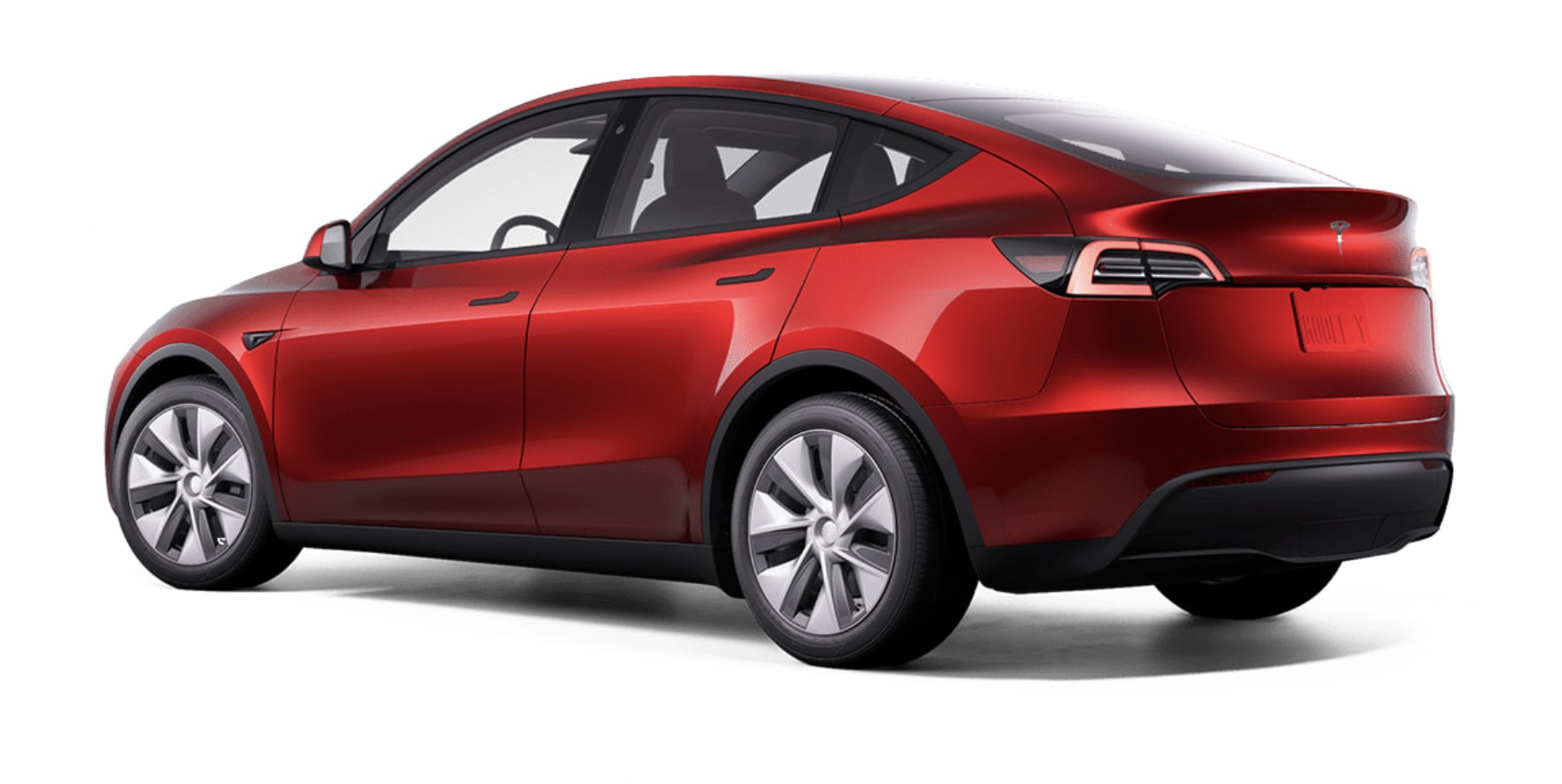Range doesn't use the five cycle test, that is for efficiency/ MPGe.I'm assuming the 5-cycle test:

Calculating Electric Vehicle Range with Simulation
Range anxiety is a common concern for electric vehicles (EV). See how simulation can streamline the EV range process.www.gtisoft.com
So the best I can gather is that
1) Tesla was using the old 5-cycle test prior to 2024, which was overly optimistic
2) Tesla is now using the 2-cycle test with the 0.7 default adjustment factor like all the other EV manufacturers were using due to new EPA guidance
Someone, please correct me if I'm wrong.
Range is either city to depletion and highway to depletion weighted average together multiplied by the adjustment factor
Or
City, highway, city 65 MPH, city, highway, city, 65 MPH until depleted multiplied by adjustment factor.




